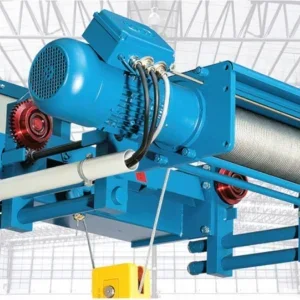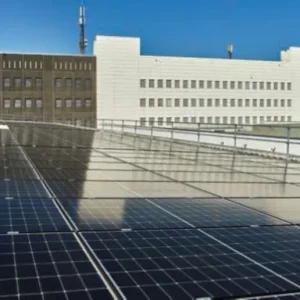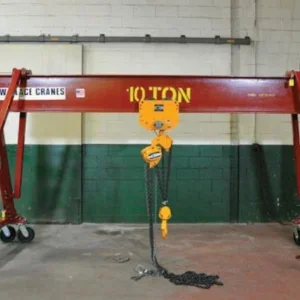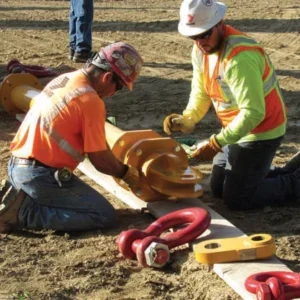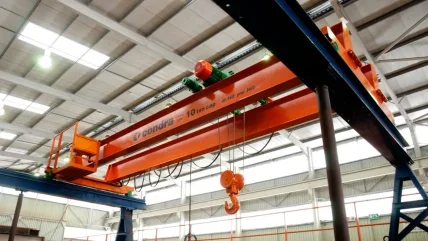
Full automation implies no involvement of machine operators. It is, according to Condra “the ultimate step” beyond a semi-automated overhead crane – where the machine executes a limited number of preprogrammed, automated operations, but still needs an operator to control the crane during randomised, nonrepetitive lifting functions.
Kleiner bases his observation on the fact that the number of enquiries Condra had received was noticeably up year-on-year in 2022, although those enquiries were yet to translate into orders for fully automated cranes, which the company has offered since 2020. But while there are no firm orders – South African firms may be deferring deployment due to “potential problems” with unions, as “any type of automation usually results in job reductions”, says Kleiner – about one in five of the enquiries specifies a provision for future automation, a requirement Condra says is met by incorporating wheels and rails with tighter tolerances, and the provision of fitment and wiring points for the future attachment of cameras with cognitive movement control ability, “the main requirements for automation”.
“Repetitive crane operations, such as those in refinery operations, offer clear potential for increased productivity through automation,” says Kleiner.
“South Africa has the technology and local manufacturing capability to deliver it, and now the market is becoming increasingly aware. I don’t think we will have to wait long before automation gains a foothold.”
There’s an air of inevitability in Kleiner’s words. If you haven’t already, and think you would benefit, should you be following the trend he has noted, and if not adopting full automation now, then at the very least be making enquiries and taking the first steps towards it?


